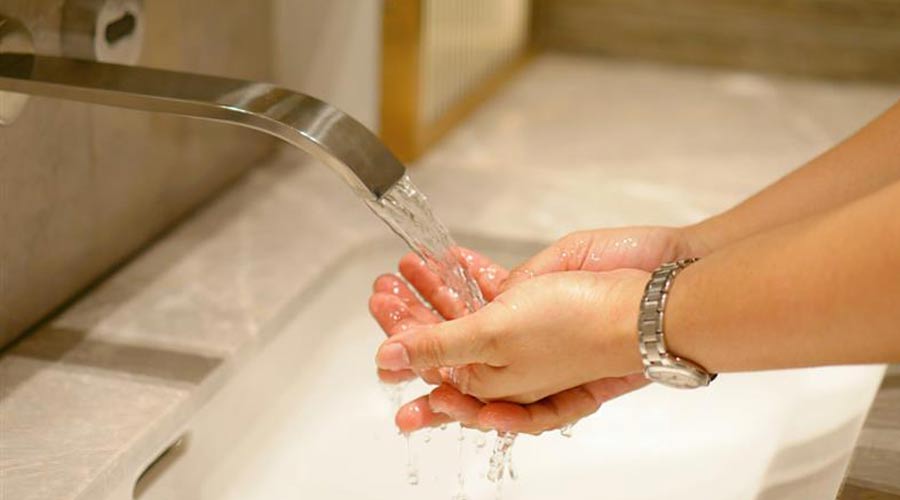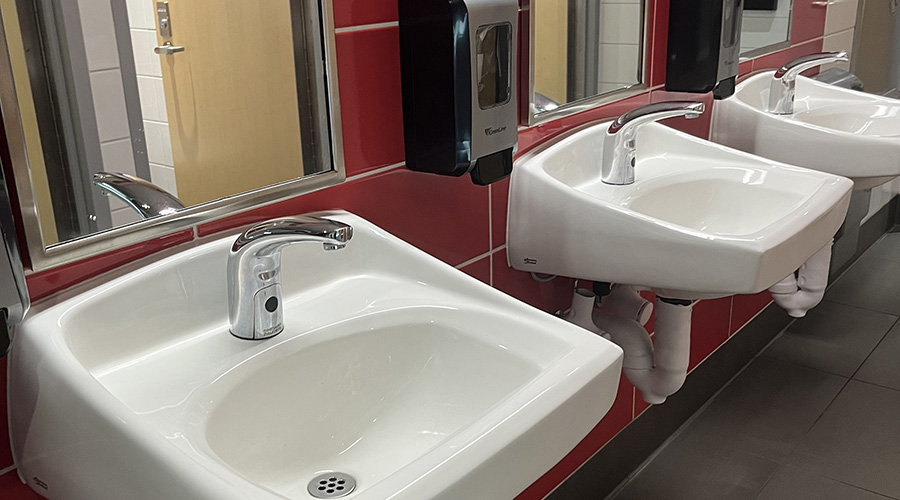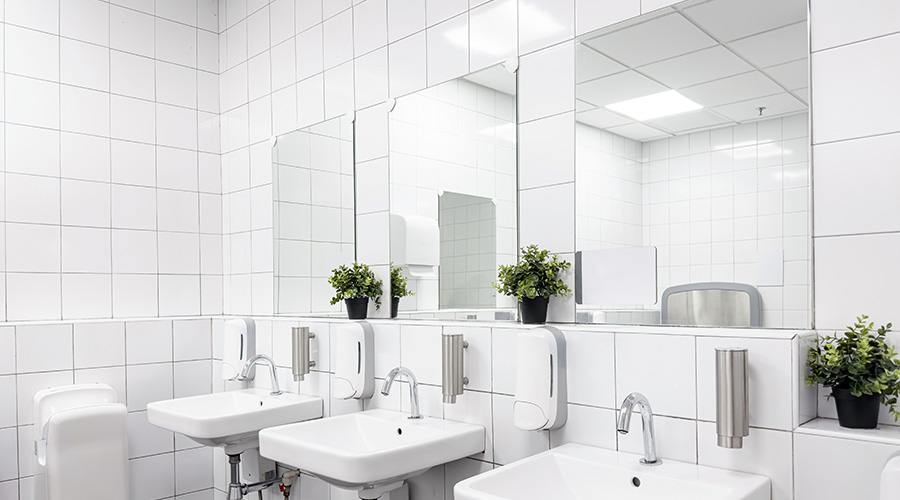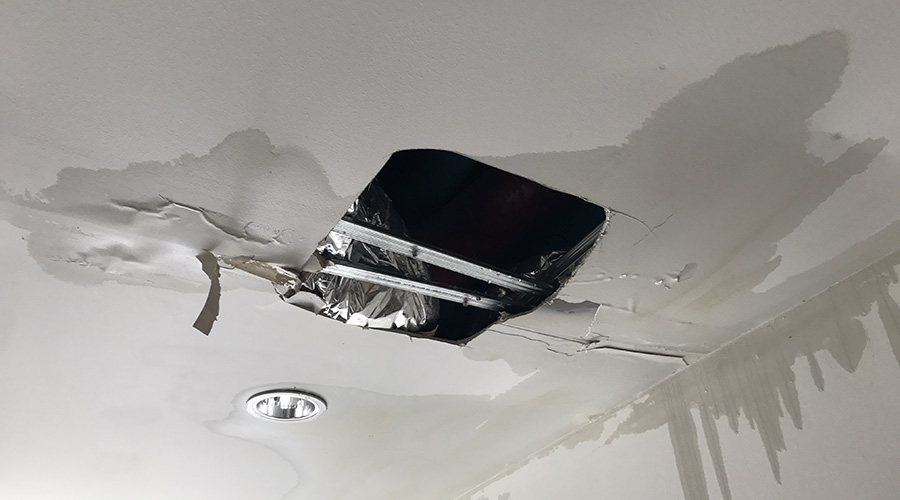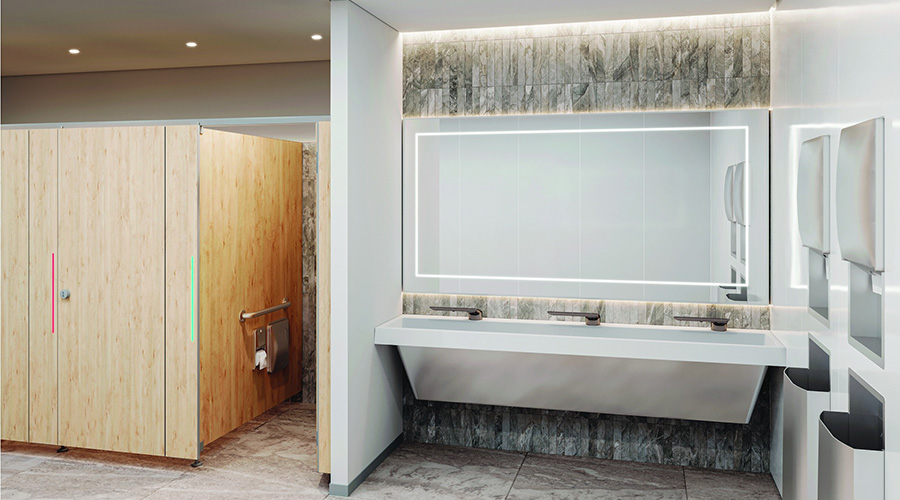More Restrooms Install Touchless Fixtures to Appease Customers
Increased standards have led to more facilities utilizing sensored products.
It has been five years since the COVID-19 pandemic, but the effects are still being felt in institutional and commercial facilities. As a result, emerging technologies were rapidly implemented, and people’s standards of cleanliness have remained high.
Sixty percent of people say an unclean restroom shows poor management, according to a study by Bradley Company, with 56 percent saying they leave such a restroom with a tarnished opinion of the company. Meanwhile, one-half of respondents said that if they experienced a particularly dirty restroom, they would not return to the business.
With standards so high, maintenance and engineering managers strive to make restrooms cleaner and appear more welcoming. Part of these improvements include selecting sensor-enabled equipment.
“Since the pandemic, we’ve seen a massive shift toward smarter, more hygienic restroom solutions,” says Dan Danowski, product manager for finish plumbing with Zurn. “Customers now expect intuitive, touch-free experiences that promote health but reduce operational disruptions. That’s where we’ve really leaned into technologies that improve uptime and simplify maintenance.”
The addition of touchless products using infrared or capacitance-based sensors to automatically detect users has become common in recent years. The advantages of hands-free fixtures include improved cleanliness and reduced water consumption, as well as reduced bacteria that might be transferred through touching surfaces.
“These systems contribute indirectly to energy savings through water conservation,” says Azeem Singh Kahlon, mechatronics engineer, product engineering, Delta Commercial. “Because touchless fixtures automatically shut off after use, they eliminate common sources of water waste, such as faucets left running unintentionally. This reduces the load on water- heating and -pumping systems, translating into lower energy demand across the facility.”
Touchless faucets contribute to energy savings in a meaningful way. They feature ultra-lower-power microcontrollers and optimized circuit designs, which allow battery-operated systems to operate for extended periods of time on just a single set of batteries. Kahlon says many of these systems also incorporate intelligent power management, such as adaptive sleep modes, that activate based on usage patterns and occupancy data, further reducing standby power consumption.
In recent years, sensor-driven faucets have become more robust and accurate and, manufacturers have taken to designing products that address common issues users experience with advances, such as:
- overcoming environmental obstacles to prevent ghosting
- dual-beam detection with adjustable ranges
- waterproofing
- shielding from electromagnetic interference
- increased battery performance.
By combining intuitive infrared sensors with ceramic disc cartridges and eliminating solenoids, reliability has improved. Sensor fixtures now can handle harsh water conditions and deliver up to 1 million cycles — a significant increase in performance life.
“These upgrades ensure that faucets function consistently in high-traffic settings, such as schools, hospitals and office buildings, reducing the risk of malfunction and the burden on maintenance teams,” says Greg Hunt, commercial product manager with Chicago Faucets.
Mackenna Moralez is the associate editor and the host of the Facilities in Focus podcast.
Related Topics:








